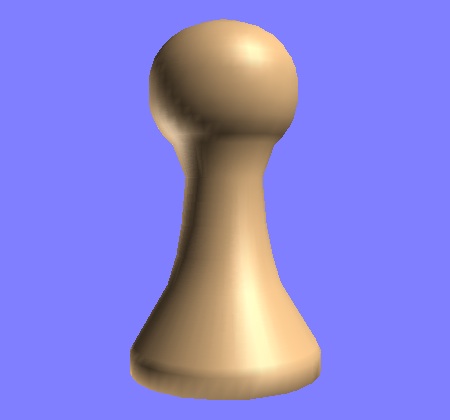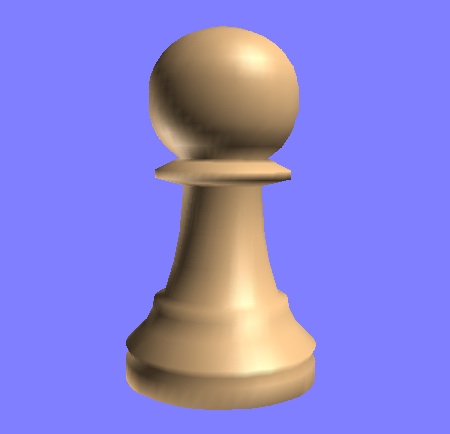Before going on with this exploration of “chess fonts”, it might be worth thinking about how this concept of fonts generalizes to other areas of everyday life. In furniture, dishware, utensils, and anywhere else where we find a set of designed objects, there is a kind of “font semantics”.
Within any such set there are traits that clearly distinguish one member of the set from the others — the spoon is different from the knife is different from the fork — yet if the objects are well designed, there is no question that each object belongs within the set.
I’m sure you’ve all had the experience, when putting away dishes or utensils, of needing to put different sets with their own kind — this drawer for the fancy silver, the other drawer for the everyday stuff. Whenever you do this you are actually mentally analyzing somebody’s design of a generalized font.
Even the characters in South Park and The Simpsons are examples of a kind of generalized font design, as are Lego characters and the Na’vi in Avatar. It would be interesting to implement this generalized notion of fonts as a set of transformational filters, which would allow us to, say, start with the Na’vi version of a given person, and from that generate the Simpsons version.

